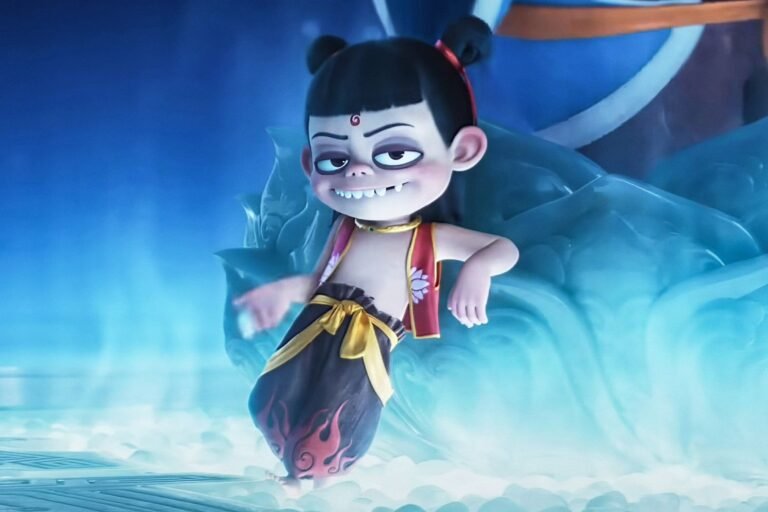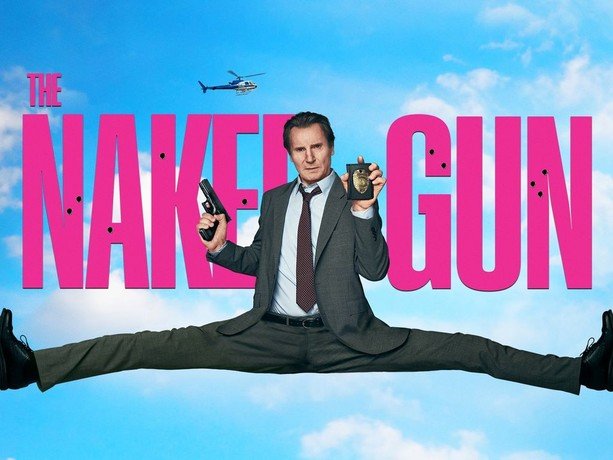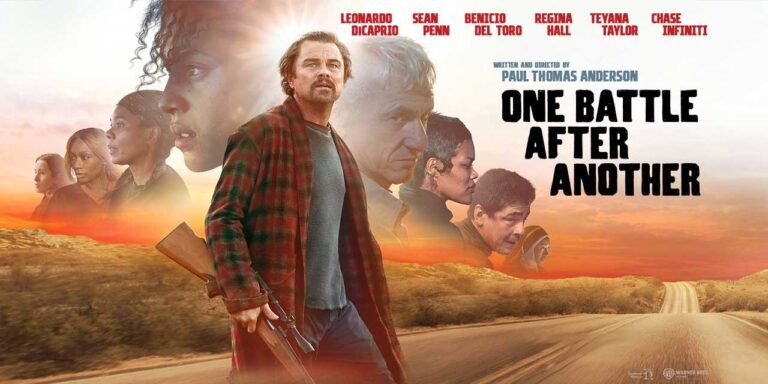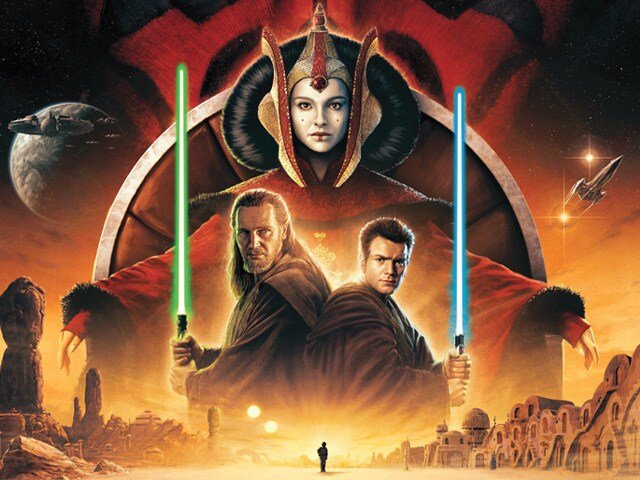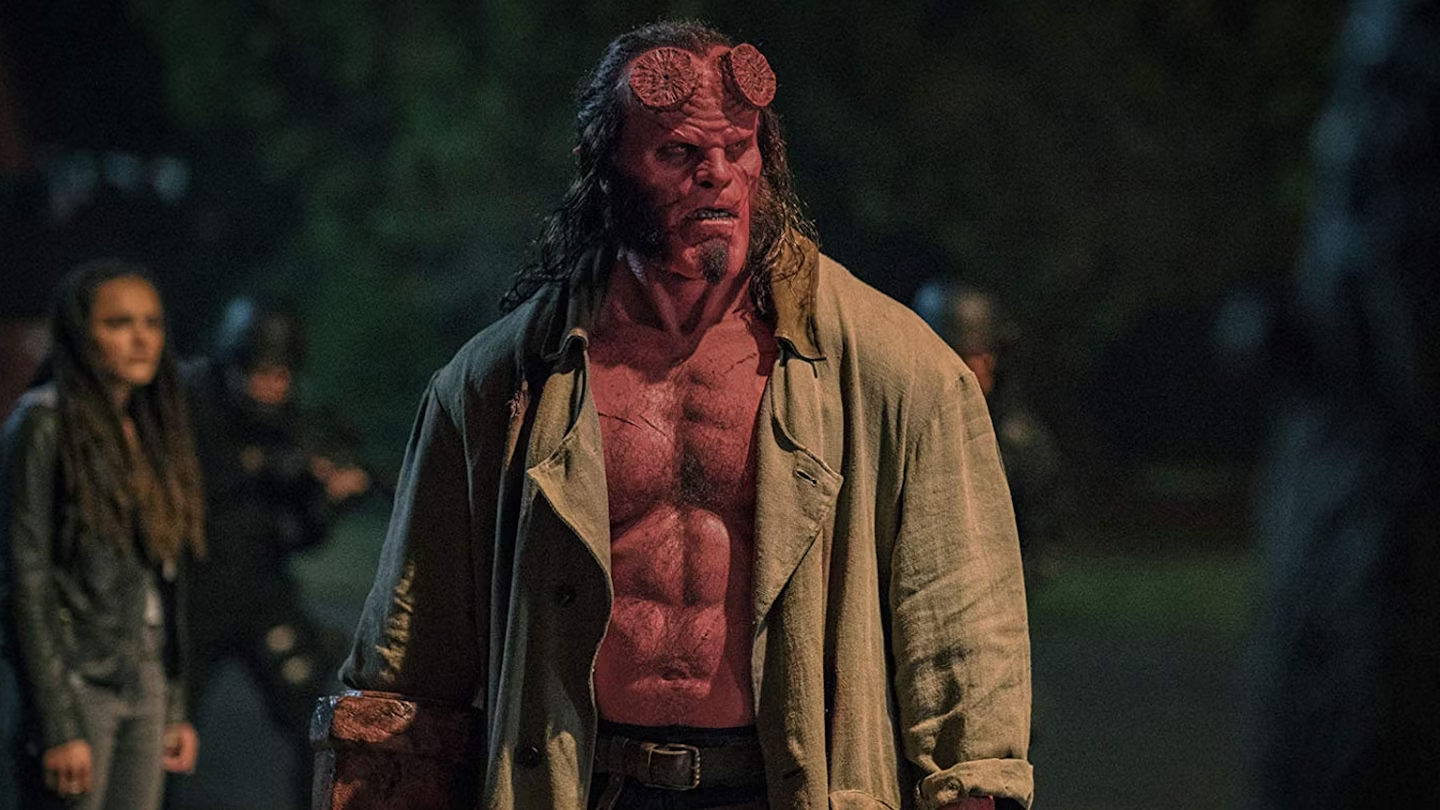
The Hellboy franchise has long been a beloved part of the comic book and fantasy film landscape. Introduced to audiences through the visionary direction of Guillermo del Toro in the early 2000s, the character of Hellboy – a demon-turned-hero brought into our world by Nazi occultists – captivated viewers with his gruff charm, impressive supernatural abilities, and the rich, imaginative world he inhabited. Del Toro’s two Hellboy films, Hellboy (2004) and Hellboy II: The Golden Army (2008), were critical and commercial successes that built a devoted fanbase eager to see more adventures of this unique antihero.
So when it was announced that a new Hellboy film was in the works, with a different director and a new lead actor taking over the role, fans were understandably both excited and apprehensive. Could this new iteration live up to the beloved del Toro versions? Or would it fail to capture the magic that made the original films so special?
Unfortunately, after watching the 2019 Hellboy reboot, directed by Neil Marshall and starring David Harbour in the title role, it’s clear that this new take on the material falls far short of the high bar set by del Toro. From the uninspired direction to the lackluster performances and an overall lack of the visual flair and narrative cohesion that defined the previous films, this Hellboy is a disappointing misfire that never quite finds its footing.
The Flawed Execution of the Reboot
One of the most glaring issues with the 2019 Hellboy is the direction provided by Neil Marshall. Known primarily for his work in the horror genre, with films like The Descent and Dog Soldiers to his name, Marshall seems an odd choice to helm a big-budget comic book adaptation. And his inexperience with this type of material shows throughout the film.
Where del Toro’s Hellboy movies were marked by a strong visual style, a clear narrative drive, and a sense of world-building that drew the audience in, Marshall’s version feels disjointed and haphazard. The pacing is erratic, with jarring tonal shifts that never allow the viewer to fully immerse themselves in the story. Action sequences are shot in a frenzied, chaotic manner that is more confusing than exciting, and the film’s attempts at humor often fall flat.
Additionally, Marshall’s direction fails to elicit compelling performances from the cast. David Harbour, an actor I’ve greatly admired in other roles like Stranger Things, is simply miscast as Hellboy. He lacks the gruff charisma and imposing physicality that Ron Perlman brought to the character in the del Toro films. Milla Jovovich, as the villainous Blood Queen, is similarly underwhelming, unable to elevate the character beyond a one-dimensional cackling antagonist.
The supporting cast fares no better, with Ian McShane, Brian Gleeson, and the rest of the ensemble delivering forgettable, uninspired performances. It’s a shame, as these are all talented actors who have proven their abilities in other projects. But under Marshall’s direction, they seem lost, unable to find the right tone or chemistry to make their characters truly engaging.
The Lack of Visual Flair and World-Building
One of the most disappointing aspects of the 2019 Hellboy is its failure to capture the rich, imaginative visual style that was a hallmark of the del Toro films. Where those earlier movies were filled with stunning creature designs, intricate production design, and a sense of magical realism that drew the viewer into Hellboy’s world, this new version feels flat and uninspired.
The creature effects, which should be a highlight of any Hellboy film, are surprisingly lackluster. The various supernatural beings and monsters that Hellboy encounters lack the level of detail and craftsmanship that made the del Toro versions so memorable. They feel more like generic CGI creations than the tangible, otherworldly entities that populated the previous films.
Similarly, the production design and overall visual aesthetic of the 2019 Hellboy is a far cry from the rich, gothic-tinged style that del Toro established. The environments, from Hellboy’s headquarters to the various supernatural locales, feel generic and uninspired, lacking the sense of place and atmosphere that was so crucial to the earlier films.
Even the depiction of Hellboy himself, with his iconic red skin and massive stone fist, feels less visually striking and impactful than in the del Toro versions. The character design, while still recognizable, lacks the same level of detail and craftsmanship that made the previous incarnation so memorable.
The Narrative Shortcomings
Beyond the technical and directorial issues, the 2019 Hellboy also struggles with its narrative, failing to capture the same level of coherence and emotional resonance that defined the del Toro films.
The plot, which involves Hellboy being recruited by the Bureau for Paranormal Research and Defense (BPRD) to battle the ancient Blood Queen, Nimue, feels overstuffed and convoluted. There are too many competing storylines and subplots vying for attention, with the film never quite finding the right balance or focus.
Additionally, the character development and relationships that were so crucial to the success of the del Toro versions are largely absent here. Hellboy’s connection to his adoptive father, Professor Broom, is given short shrift, and his interactions with other key characters, like the pyrokinetic Liz Sherman, lack the depth and emotional weight that made those bonds so compelling in the earlier films.
Even the film’s attempts at humor and fan service, such as the inclusion of classic Hellboy characters like Lobster Johnson, feel forced and out of place, further contributing to the overall sense of narrative disarray.
The Missed Opportunity
Ultimately, the 2019 Hellboy reboot is a missed opportunity to revive and expand upon the beloved franchise. While the potential was certainly there, with a talented cast and a rich source material to draw from, the film’s execution falls woefully short of the mark.
It’s a shame, because the character of Hellboy, with his unique blend of heroism, humor, and inner turmoil, is ripe for further exploration on the big screen. But in the hands of Neil Marshall and this particular creative team, the magic and wonder that made the del Toro versions so special is nowhere to be found.
Instead, we’re left with a hollow, uninspired shell of a film that fails to capture the essence of what made Hellboy such a compelling and memorable character in the first place. The visual flair, the narrative cohesion, and the emotional depth that defined the previous films are all sorely lacking here, leaving the audience with a hollow, unsatisfying experience.
A Disappointing Farewell to a Beloved Character
For fans of the Hellboy franchise, the 2019 reboot is a bitter disappointment, a missed opportunity to breathe new life into a character and a world that deserved so much more. While the potential was certainly there, the film’s flawed execution, from the uninspired direction to the lackluster performances and the lack of visual flair, ultimately dooms it to failure.
It’s a shame, because Hellboy is a character that deserves better. He’s a complex, compelling antihero with a rich backstory and the potential for endless adventures. But in the hands of this creative team, he’s reduced to a hollow shell, a pale imitation of the character that captivated audiences in the del Toro films.
As I reflect on this new Hellboy, I can’t help but feel a sense of melancholy. The del Toro versions, with their stunning visuals, engaging narratives, and memorable characters, will always hold a special place in my heart. And to see this beloved franchise reduced to such a disappointing state is truly heartbreaking.
Perhaps, in the future, another filmmaker will come along and breathe new life into Hellboy, capturing the magic and wonder that made the character so beloved in the first place. But for now, the 2019 reboot stands as a cautionary tale, a reminder that not every beloved property can be successfully revived, and that sometimes, it’s best to leave the past undisturbed.
